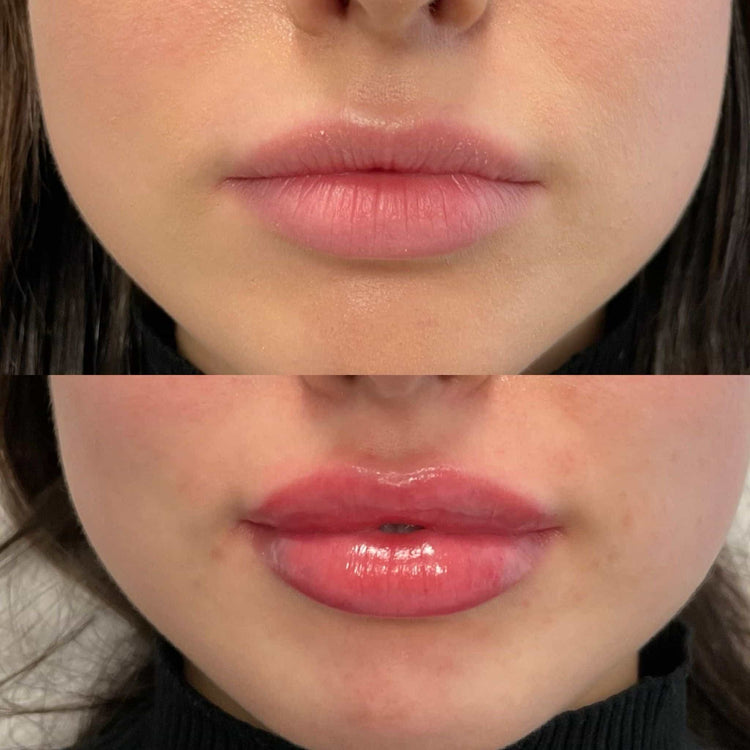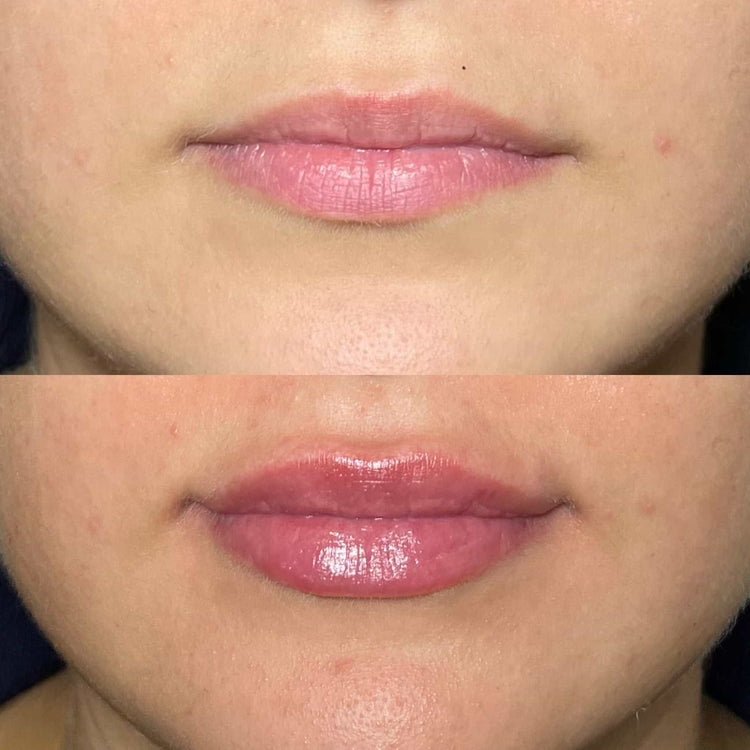Pain Perception and Management
Pain perception is subjective and varies greatly from person to person. Understanding how pain is experienced and managed is crucial when considering any medical procedure, including dermal fillers.
Individual Sensitivity
Individual sensitivity plays a significant role in pain perception during dermal filler injections. Some people may experience only mild discomfort, while others may feel more intense pain. Factors influencing individual pain tolerance include genetics, previous experiences with needles or injections, anxiety levels, and the location of the injection site.
Factors Affecting Pain Level
Pain perception is subjective and varies greatly from person to person. Understanding how pain is experienced and managed is crucial when considering any medical procedure, including dermal fillers.
Individual sensitivity plays a significant role in pain perception during dermal filler injections. Some people may experience only mild discomfort, while others may feel more intense pain. Factors influencing individual pain tolerance include genetics, previous experiences with needles or injections, anxiety levels, and the location of the injection site.
Several factors can influence the level of pain experienced during dermal filler treatment:
- Injection Site
- Type of Filler
- Technique Used by the Practitioner
- Numbing Cream
Numbing Agents and Techniques
The injection site significantly impacts pain perception. Areas with thinner skin and closer proximity to nerves, like the lips or under the eyes, tend to be more sensitive.

Different types of dermal fillers can have varying levels of viscosity and thickness, influencing how they are injected and potentially affecting discomfort. Some fillers may contain lidocaine, a local anesthetic, which can reduce pain during the procedure.
The practitioner’s skill and experience play a crucial role in minimizing pain. Utilizing proper injection techniques, such as slow injections and using smaller needles, can help lessen discomfort.
Topical numbing creams containing ingredients like lidocaine or benzocaine can be applied to the treatment area prior to injection, helping to reduce sensitivity and make the procedure more tolerable.
The Injection Process
The injection process for dermal fillers involves a series of precise injections into specific areas of the skin. The goal is to deposit the filler material beneath the surface, where it can smooth wrinkles, plump lips, or enhance other facial features.
Preparation and Cleanliness
Prior to any dermal filler treatment, preparation and cleanliness are paramount. The practitioner will thoroughly cleanse the injection site with an antiseptic solution to minimize the risk of infection.
A topical anesthetic may be applied to numb the area, making the procedure more comfortable. Patients should avoid consuming alcohol or blood thinners for several days before treatment as they can increase bruising and bleeding.
Post-treatment, it’s important to keep the treated area clean and avoid direct sunlight or excessive heat. The practitioner will provide specific aftercare instructions tailored to individual needs.
Needle Size and Technique
Pain perception is subjective and varies greatly from person to person. Understanding how pain is experienced and managed is crucial when considering any medical procedure, including dermal fillers.
Individual sensitivity plays a significant role in pain perception during dermal filler injections. Some people may experience only mild discomfort, while others may feel more intense pain. Factors influencing individual pain tolerance include genetics, previous experiences with needles or injections, anxiety levels, and the location of the injection site.
Several factors can influence the level of pain experienced during dermal filler treatment:
- Injection Site
- Type of Filler
- Technique Used by the Practitioner
- Numbing Cream
The injection site significantly impacts pain perception. Areas with thinner skin and closer proximity to nerves, like the lips or under the eyes, tend to be more sensitive.
Different types of dermal fillers can have varying levels of viscosity and thickness, influencing how they are injected and potentially affecting discomfort. Some fillers may contain lidocaine, a local anesthetic, which can reduce pain during the procedure.
The practitioner’s skill and experience play a crucial role in minimizing pain. Utilizing proper injection techniques, such as slow injections and using smaller needles, can help lessen discomfort.
Topical numbing creams containing ingredients like lidocaine or benzocaine can be applied to the treatment area prior to injection, helping to reduce sensitivity and make the procedure more tolerable.
Injection Speed and Pressure
The injection process for dermal fillers involves a series of precise injections into specific areas of the skin.
Filler is deposited beneath the surface to smooth wrinkles, plump lips, or enhance other facial features. The speed and pressure of injection are carefully controlled by the practitioner to ensure both effectiveness and comfort for the patient. Faster injection speeds can cause more discomfort, while slower speeds allow for more precise placement and reduce the sensation of pressure.
Pressure during injection also plays a role in pain perception. Excessive pressure can be painful, while moderate pressure allows for comfortable filler deposition.
Post-Treatment Discomfort
While dermal fillers are generally well-tolerated, some discomfort is common after treatment. This post-treatment discomfort usually manifests as mild swelling, redness, or tenderness at the injection sites.
Expected Side Effects
Post-treatment discomfort from dermal fillers is typically mild and temporary.
Common side effects include swelling, redness, tenderness, bruising, and itching around the injection sites. These symptoms usually peak within a few hours to days after treatment and gradually subside over the following week.
Applying cold compresses or taking over-the-counter pain relievers as directed by your practitioner can help manage discomfort.
It is important to avoid touching or rubbing the treated area to minimize irritation and promote healing.

In rare cases, more serious side effects such as infection, allergic reactions, or vascular complications can occur. Seek immediate medical attention if you experience any unusual or severe symptoms after treatment.
Managing Post-Treatment Discomfort

Post-treatment discomfort is a common experience after dermal filler injections. It usually manifests as mild swelling, redness, tenderness, bruising, and itching around the injection sites. These side effects typically peak within a few hours to days after treatment and gradually subside over the following week.
Managing post-treatment discomfort involves several simple strategies. Applying cold compresses to the treated area can help reduce swelling and inflammation. Over-the-counter pain relievers, such as ibuprofen or acetaminophen, can be taken as directed by your practitioner to alleviate any pain or tenderness.
Avoiding touching or rubbing the treated area is crucial to prevent irritation and promote healing. Additionally, it’s important to follow your practitioner’s aftercare instructions carefully, which may include avoiding direct sunlight, excessive heat, or strenuous activities for a period of time.
In rare cases, more serious side effects such as infection, allergic reactions, or vascular complications can occur. It’s essential to seek immediate medical attention if you experience any unusual or severe symptoms after treatment.
